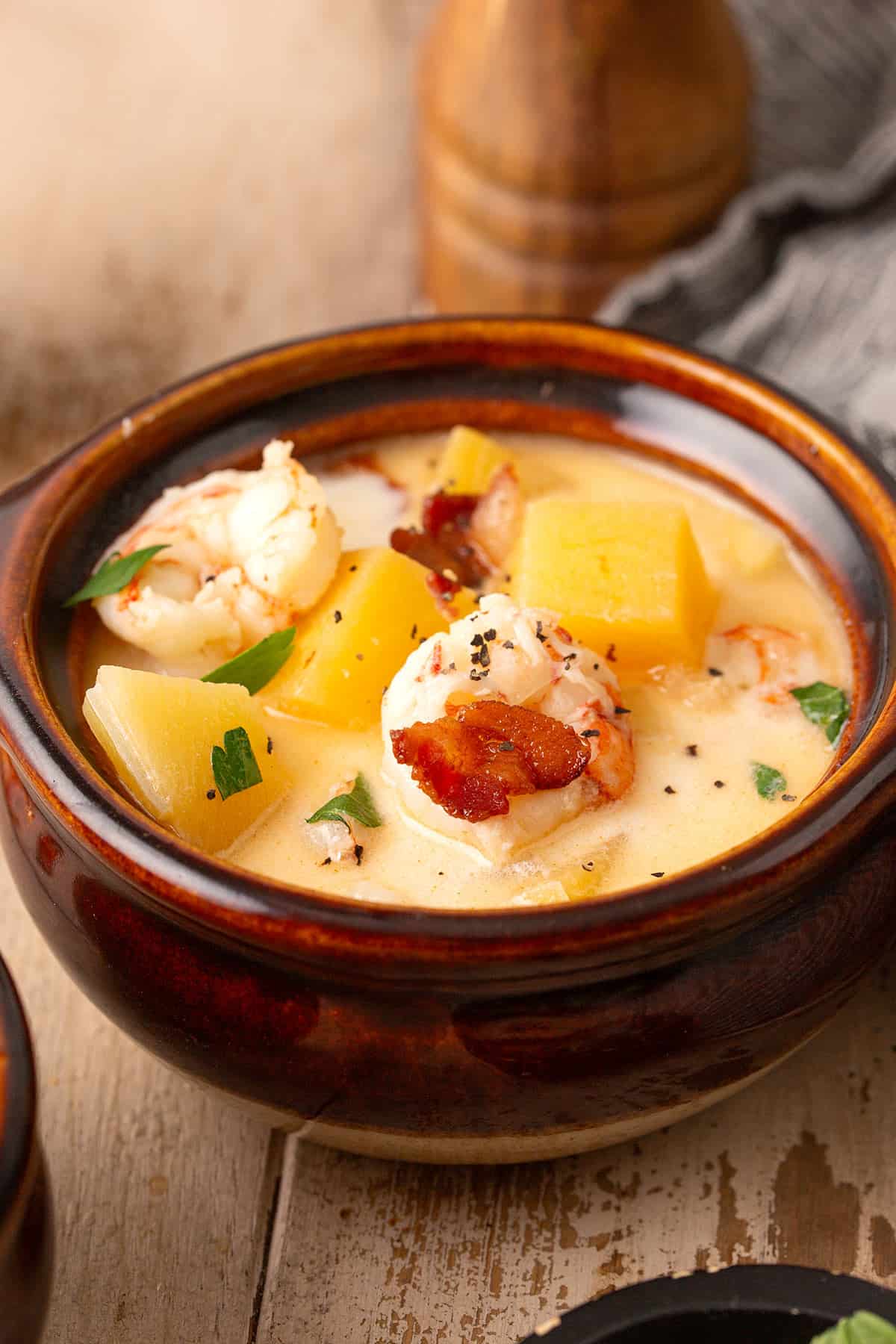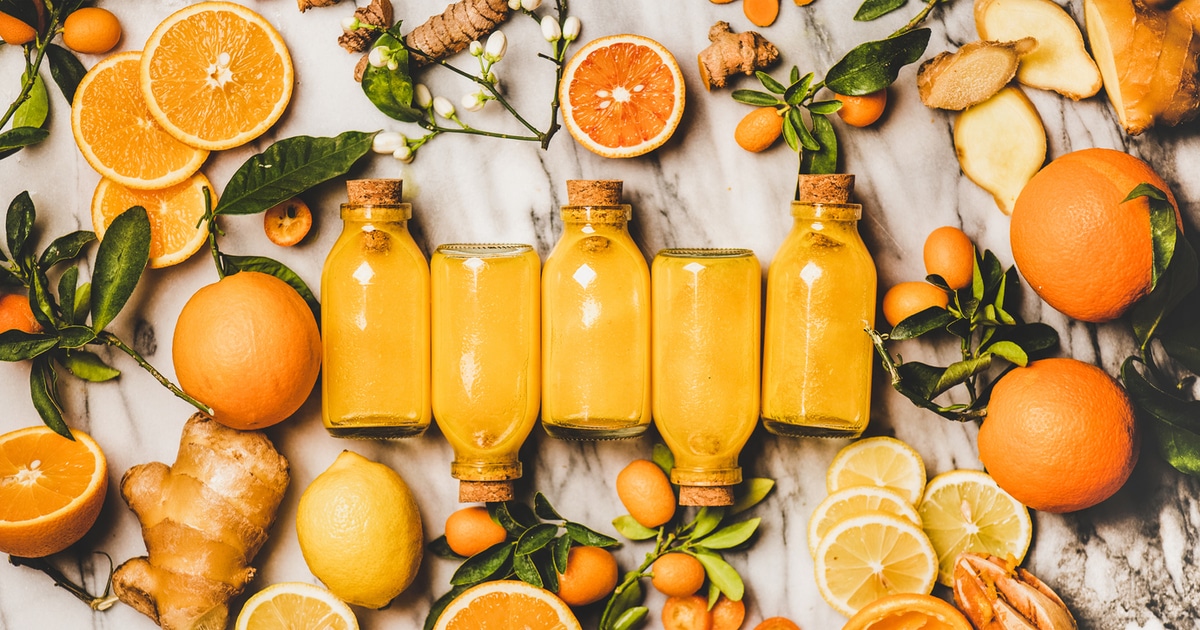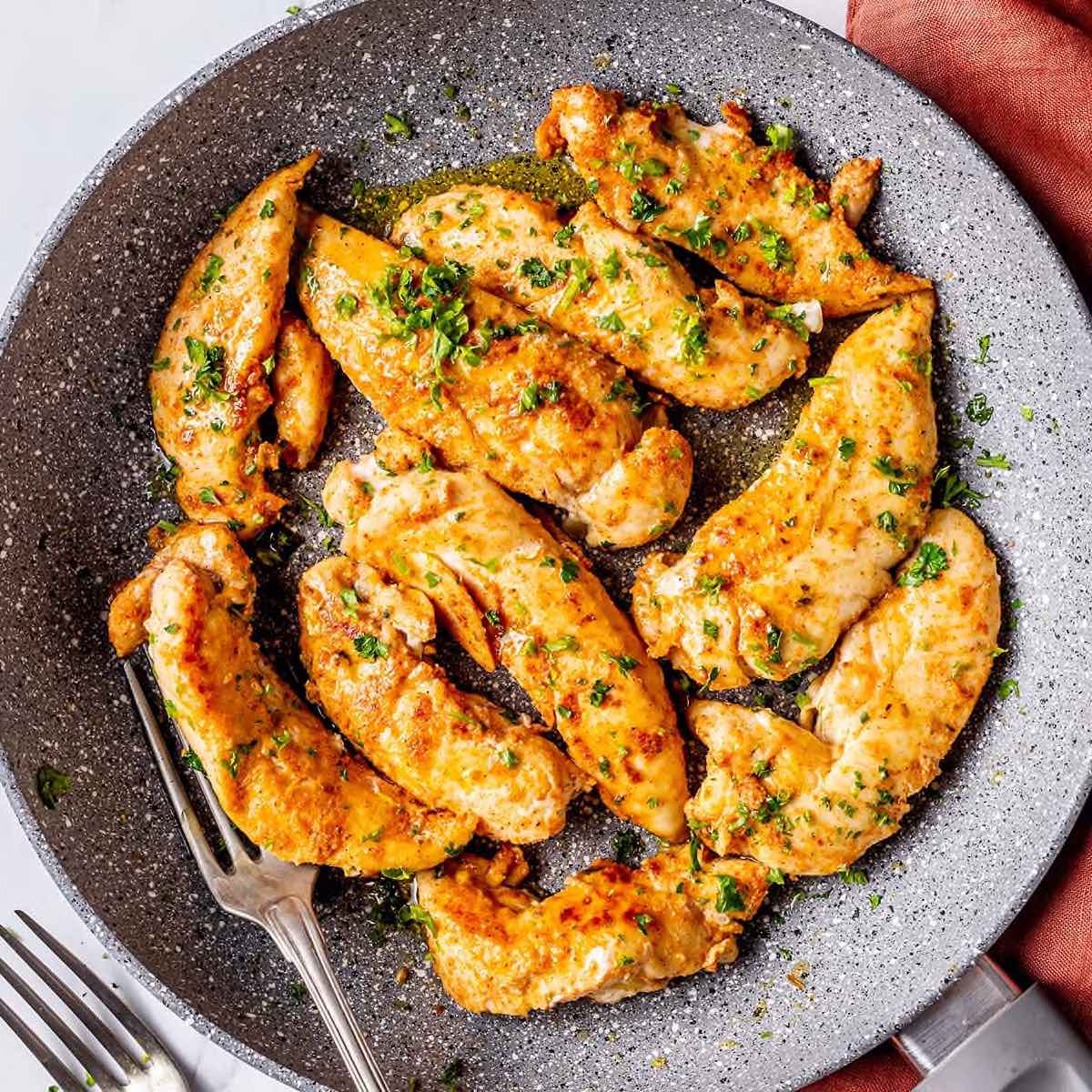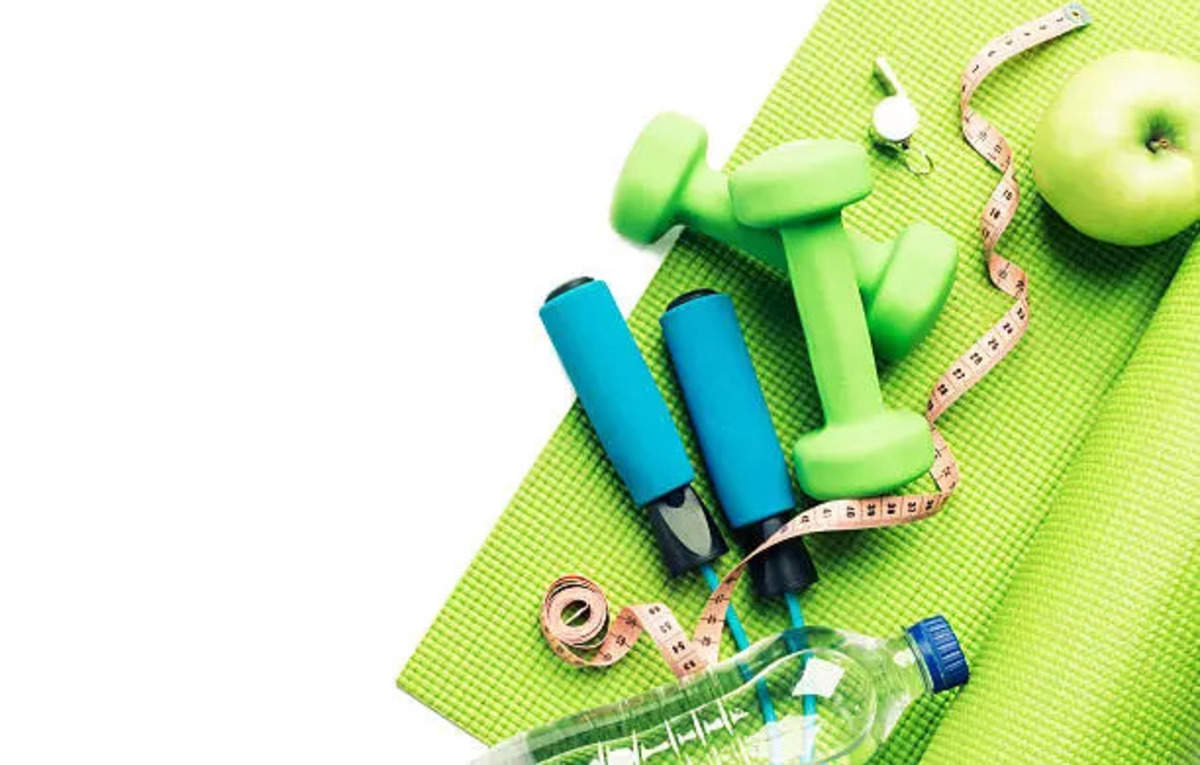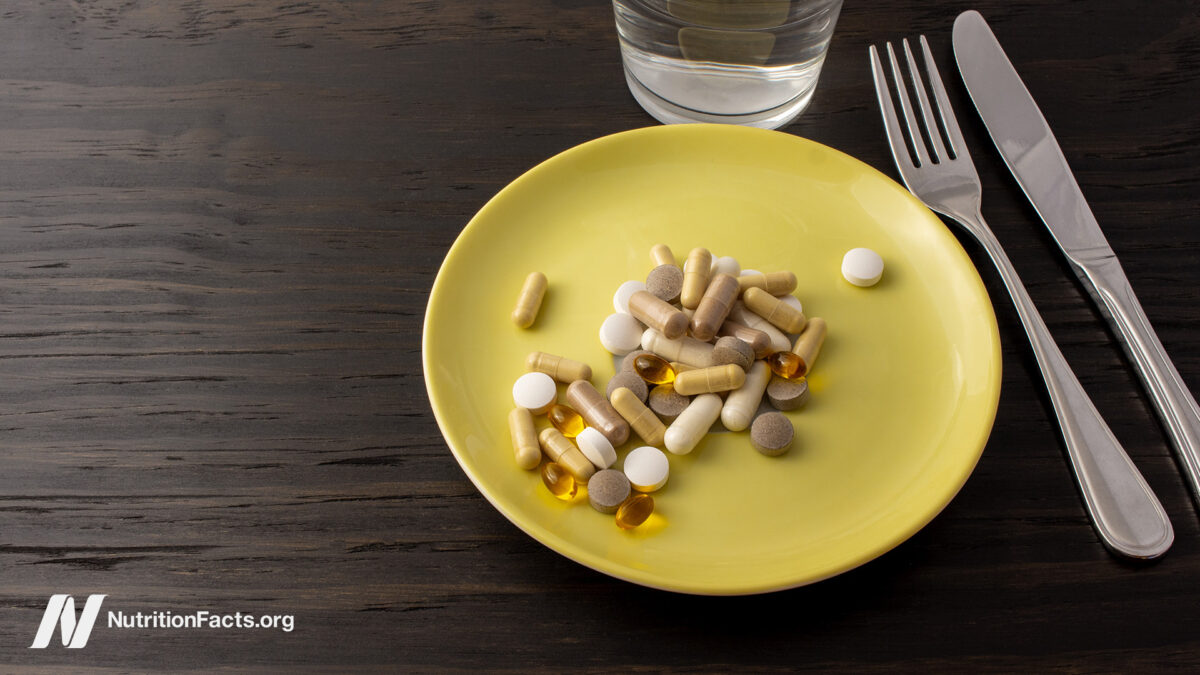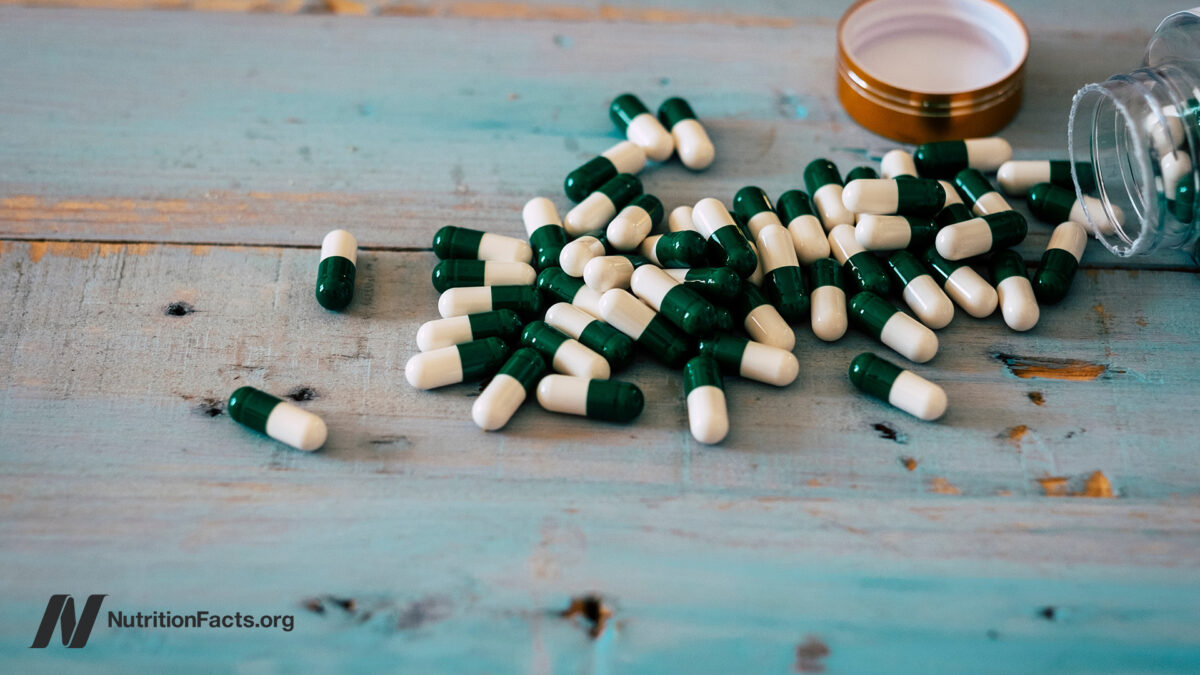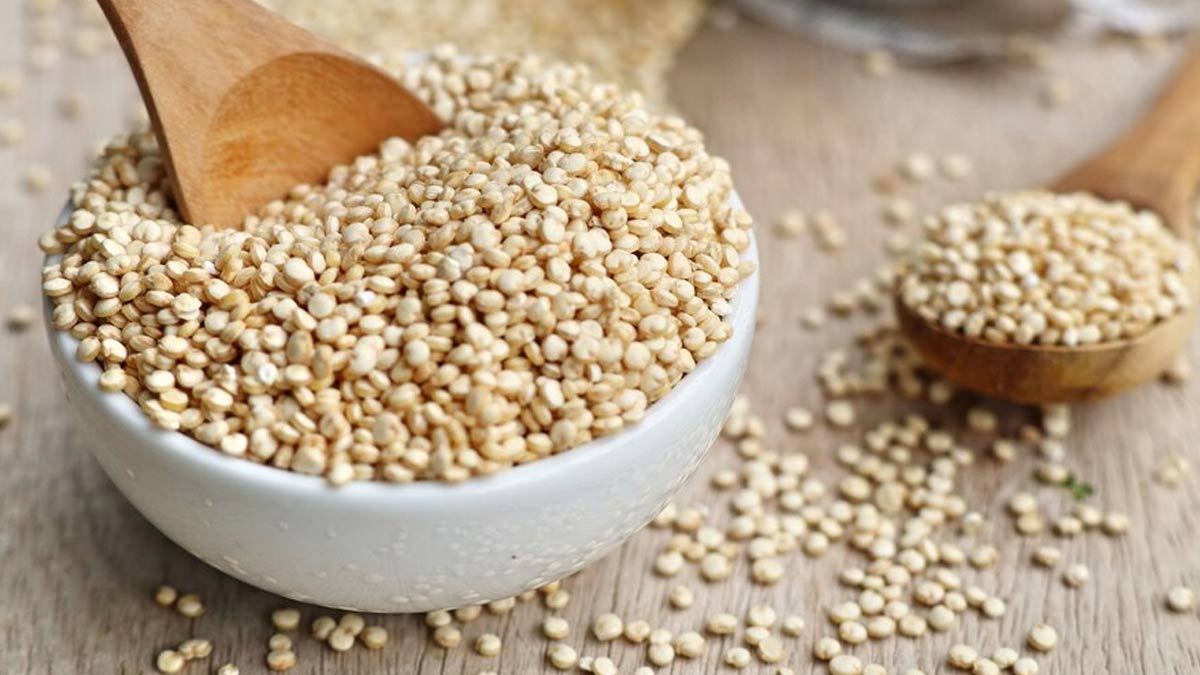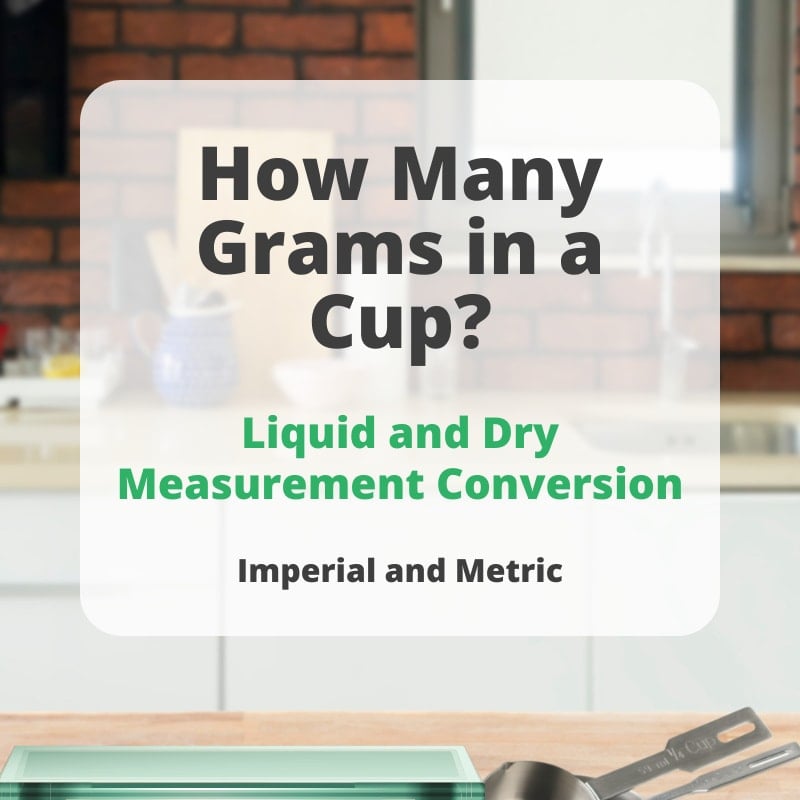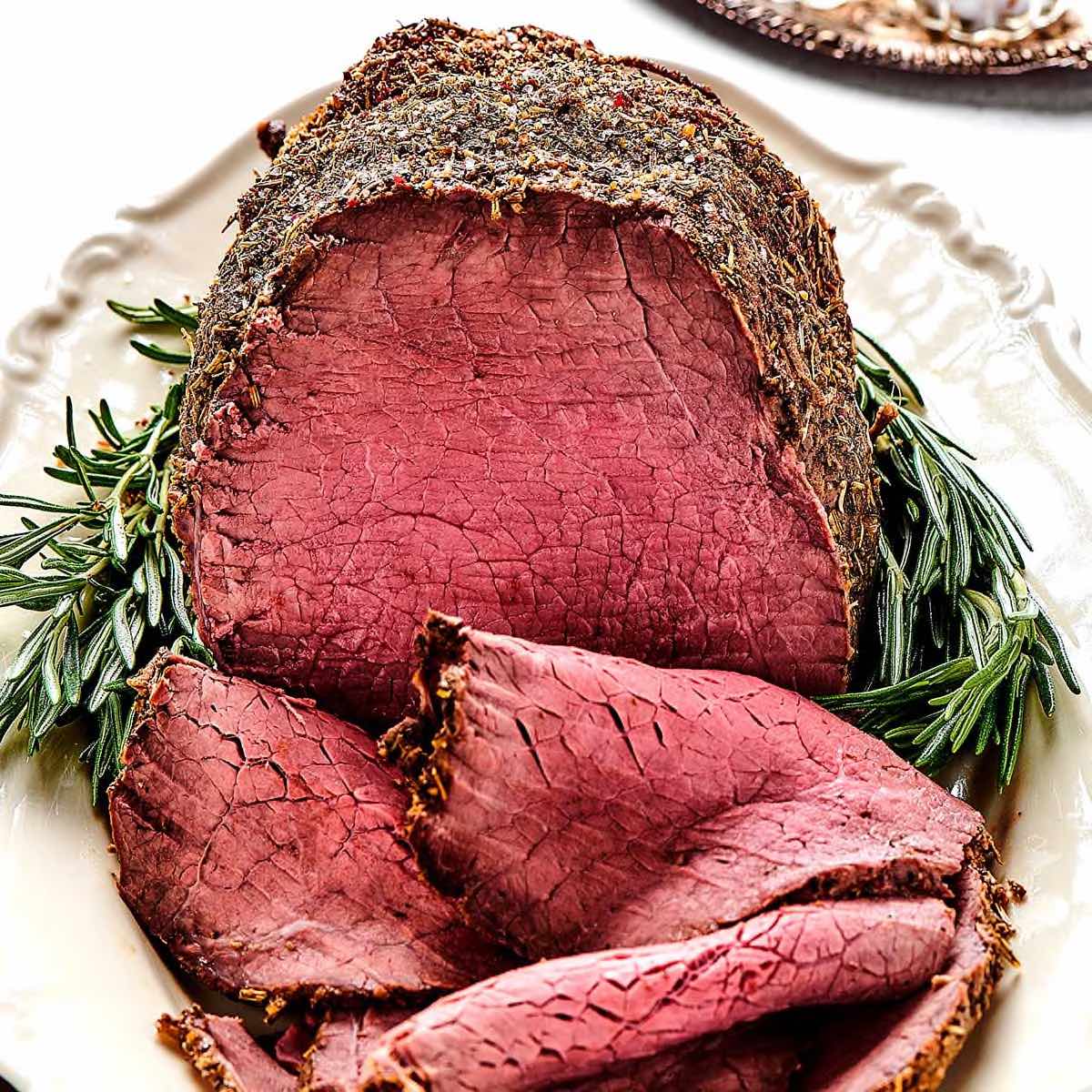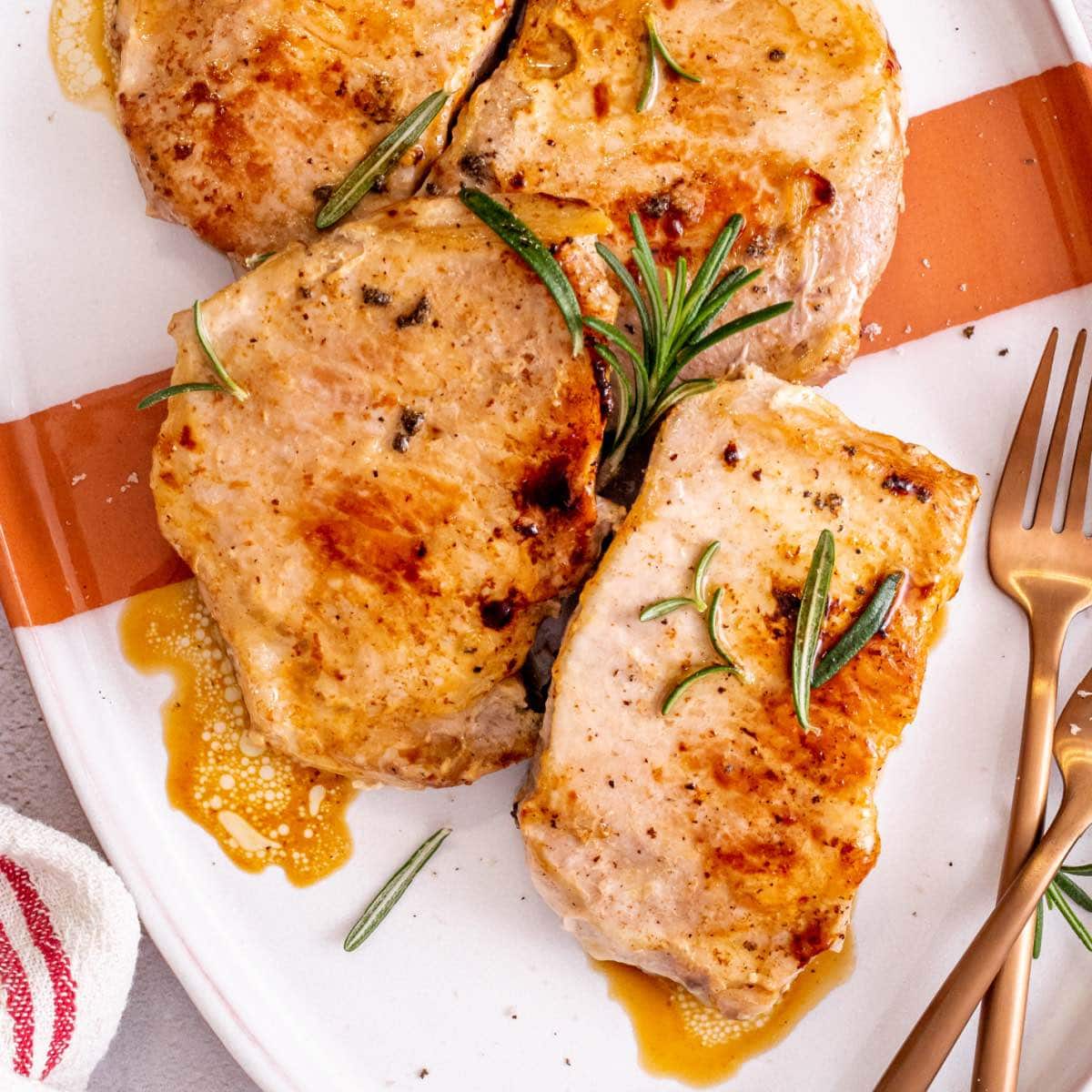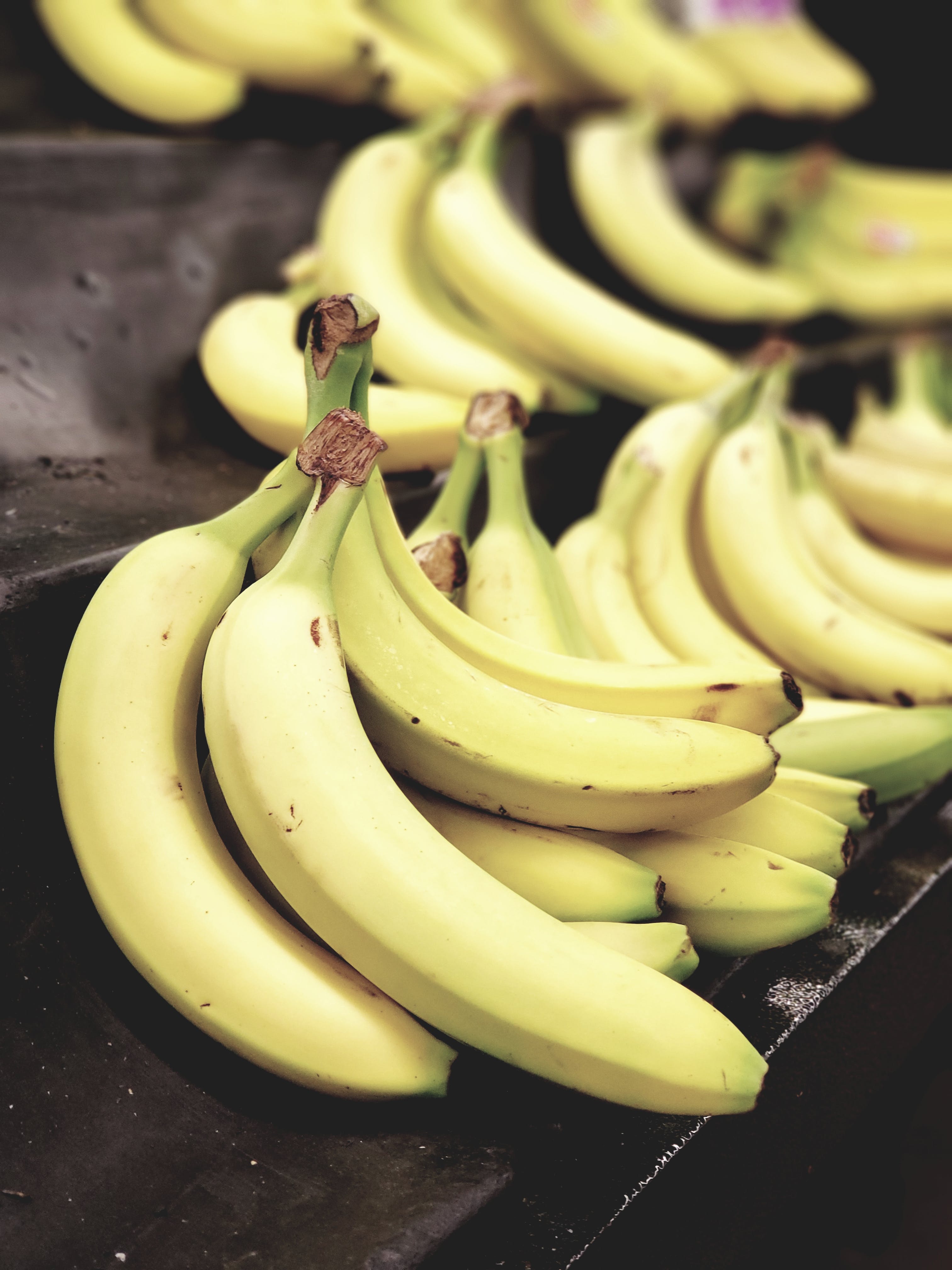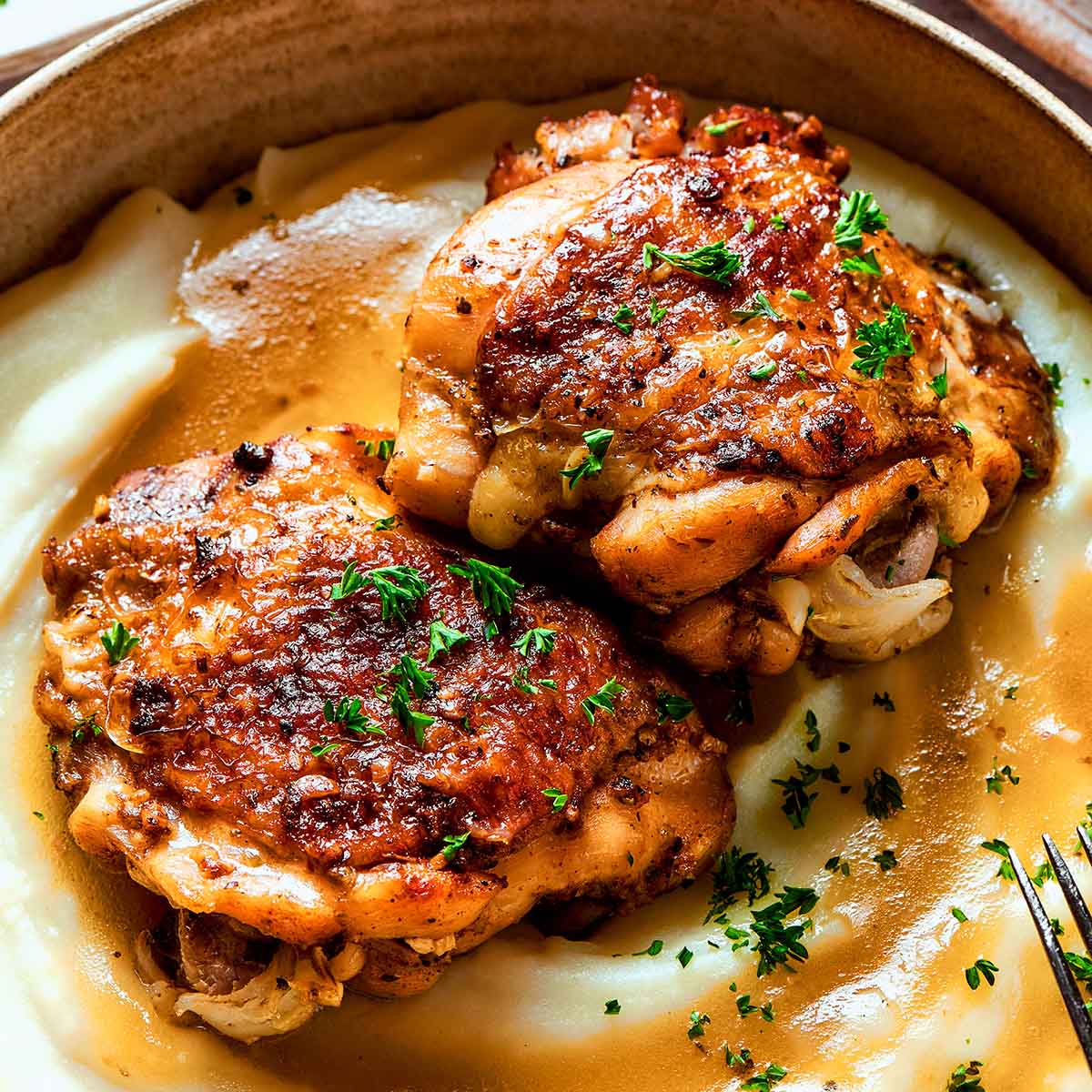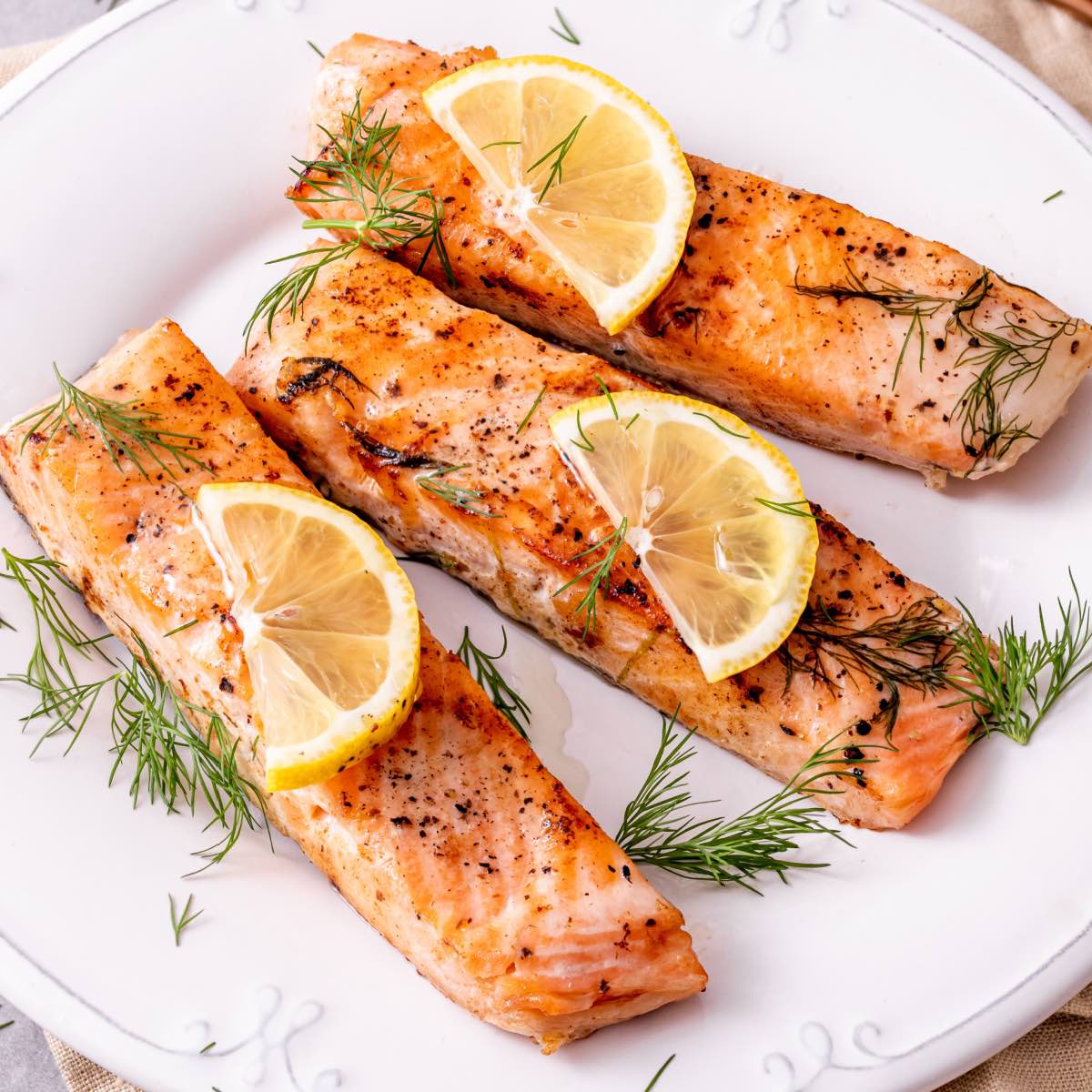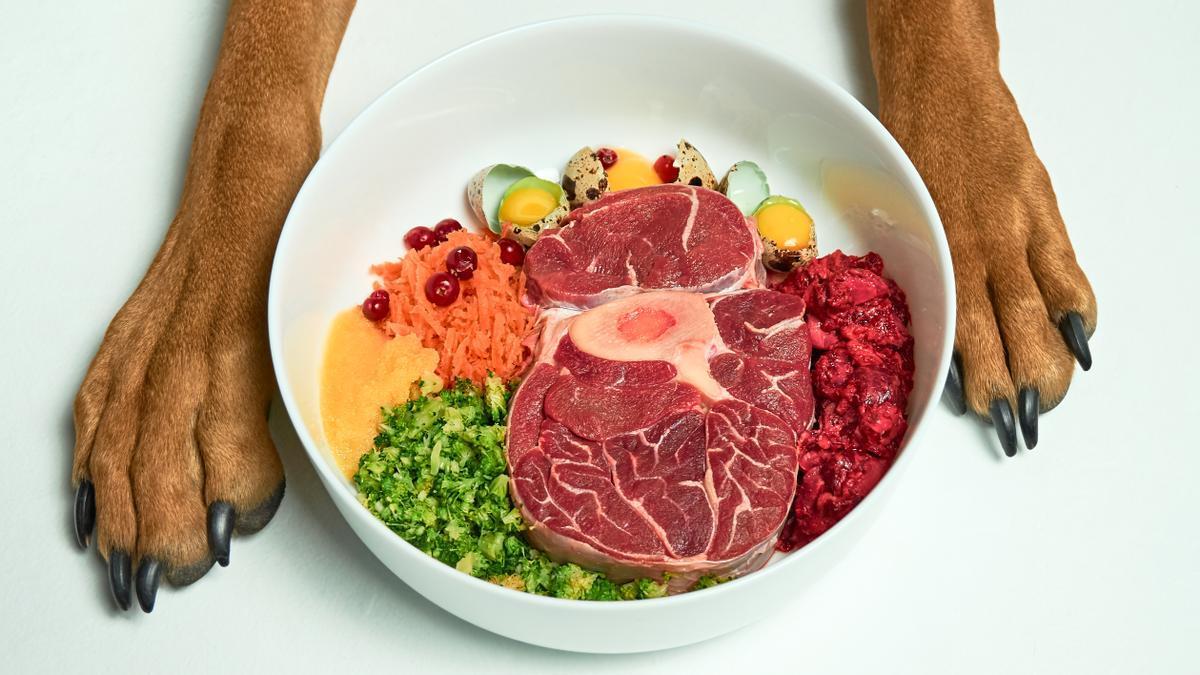The number of grams in a cup is, unfortunately, not a simple answer. There are several factors to consider, including the size of the cup and the weight of the ingredients. Working in grams is a great way to improve baking accuracy, so here we will discuss exactly how to convert cups into grams for a variety of liquid and dry ingredients.
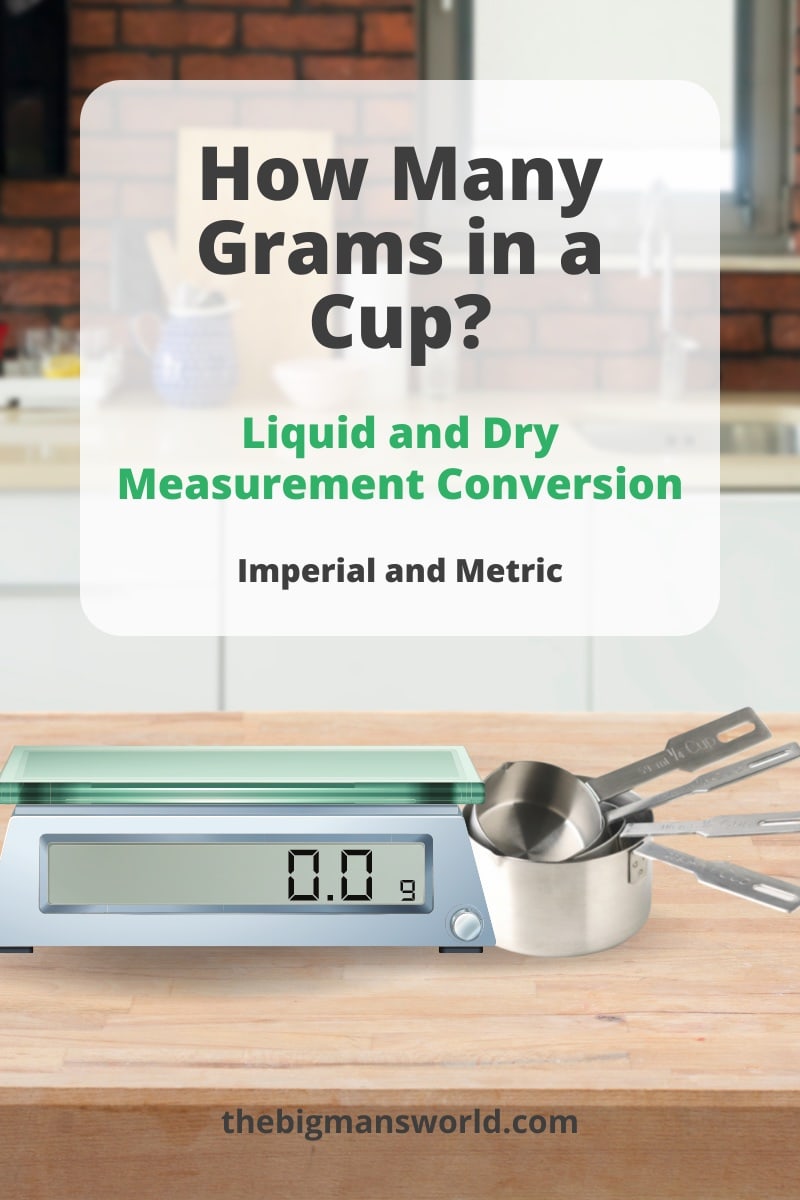
Table of Contents
- How many grams are in a cup?
- What are grams?
- What is a cup?
- How many grams in a liquid cup?
- How many grams in a US cup of dry ingredients?
- How many grams in a metric cup?
- How many grams in the UK imperial cup?
- Can you measure grams with a scale?
- More cooking resources
- Frequently Asked Questions
How many grams are in a cup?
The amount of grams in a US cup depends on the ingredients the cup is holding. This is because different ingredients have different weights. For example:
1 cup of flour weighs 120 grams; however, 1 cup of milk weighs 240 grams.
This is because milk is heavier than flour, even though they occupy the same amount of space in the cup.
The charts below will assist you in converting cups to grams based on the weight of a variety of commonly used cooking and baking ingredients.
What are grams?
Grams (g or gm) is a unit of weight or mass used in the metric measurement system. There are 1000 milligrams in one gram and 1000 grams in 1 kilogram. Most countries recognise this form of measurement. The ingredients you buy will usually come in these quantities too.
The United States uses the US customary system of measurement which is based on the imperial system. Weight is measured in ounces instead, but can also be converted to grams.
What is a cup?
“Cups” are a unit of measurement that is accepted by all systems of measurement. The actual capacity of a cup varies slightly from country to country.
In the US customary system of measurement a standard cup is half a pint, which equates to 16 tablespoons or 240 milliliters. In the metric system, a cup is equal to 250 millilitres.
How many grams in a liquid cup?
Most liquid ingredients (water, milk, tea etc) have a very similar weight, so a more universal conversion can be calculated for any liquid.
1 milliliter of most liquids equates to 1 gram of weight, as represented in the chart below. e.g. 1 US cup = 240g = 240ml.
If adjusting for a metric cup (Australia, international), there will be 250 g in a cup. A UK imperial cup has the capacity for 284 g of a liquid.
| Cup (Liquid) | Grams |
| 1/8 cup | 30 g |
| 1/4 cup | 60 g |
| 1/3 cup | 80 g |
| 1/2 cup | 120 g |
| 1 cup | 240 g |
| 2 cups | 480 g |
| 3 cups | 720 g |
How many grams in a US cup of dry ingredients?
Dry ingredients, however, can be of varying weight based on their mass and density. A chart has also been included to help you calculate popular dry ingredient conversions.
| Ingredient | Grams | US Cups |
| wheat flour | 130 g | 1 cup |
| almond flour | 100 g | 1 cup |
| coconut flour | 120 g | 1 cup |
| granulated sugar | 200 g | 1 cup |
| caster sugar | 225 g | 1 cup |
| powdered sugar | 125 g | 1 cup |
| brown sugar | 190 g | 1 cup |
| cocoa powder | 90 g | 1 cup |
| sultanas | 200 g | 1 cup |
| chocolate chips | 170 g | 1 cup |
Other common ingredient conversions
The following conversion chart will easily convert cups to grams for some of the most used baking and cooking ingredients.
| Ingredient | Grams | US Cups |
| butter | 227 g | 1 cup |
| oil | 240 g | 1 cup |
| heavy cream | 240 g | 1 cup |
| honey or maple syrup | 340 g | 1 cup |
| uncooked rice | 185 g | 1 cup |
| oats | 80 g | 1 cup |
How many grams in a metric cup?
| Ingredient | Grams | Metric Cup |
| flour | 148 g | 1 cup |
| cocoa powder | 118 g | 1 cup |
| white granulated sugar | 237 g | 1 cup |
| brown sugar | 260 g | 1 cup |
| powdered sugar | 142 g | 1 cup |
| butter | 269 g | 1 cup |
| honey | 403 g | 1 cup |
How many grams in the UK imperial cup?
| Ingredient | Grams | Imperial Cup |
| flour | 175 g | 1 cup |
| cocoa powder | 140 g | 1 cup |
| white granulated sugar | 280 g | 1 cup |
| brown sugar | 308 g | 1 cup |
| powdered sugar | 168 g | 1 cup |
| butter | 318 g | 1 cup |
| honey | 477 g | 1 cup |
Can you measure grams with a scale?
A kitchen scale is a highly recommended option for measuring ingredients for baking or cooking. Benefits of using a kitchen scale include:
- Accuracy. There is very little room for error and the weight is as accurate as can be.
- Utilizes all kinds of units. A basic scale can offer fluid ounces, ounces, ml, and grams.
- No mess. There are no measuring cups to wash or bowls to rinse out.
More cooking resources
Frequently Asked Questions
There are 120 grams in a cup of flour.
A cup of water has 240 grams.
There are 200 grams in a cup of sugar.
In a cup of uncooked rice, there are 185 grams.
There are 200 grams in one cup of cooked rice.
A cup of yogurt has 245 grams.
Using flour (a dry ingredient) as a base, there are 60 grams in half a cup. This would differ based on what the half cup contains. For a liquid ingredient, like milk, there are 125 grams.
Disclosure: This post may contain affiliate links. I may earn a small commission for my endorsement, recommendation, testimonial, and/or link to any products or services from this website.

